When I first stepped onto the vibrant streets of Beijing, I felt a surge of energy that only a bustling city of this magnitude can inspire. It was my first time immersing myself fully into a Beijing city walk, an experience I had anticipated with a mix of excitement and curiosity. The crisp morning air mingled with the faint aroma of street food stalls opening their shutters – an inviting start to what would turn out to be a day filled with unforgettable discoveries.

Walking through quiet alleys and lively market streets, I realized that this Beijing citywalk travel guide would be as personal as it was informative. With each step, my anticipation grew. The city’s contrasts started to reveal themselves: the old hutongs next to soaring skyscrapers, the whispers of history mixed with the hum of modern life.
Before I dive deeper into the details of my walk, I want to share a bit on why walking in Beijing felt so meaningful. This city is layered with stories that don’t always show up on conventional travel guides. By choosing to explore on foot, I was able to capture moments often missed through other forms of travel.
For those interested in a rental stay to fully soak in the urban vibes, here’s a concise guide to renting property in Beijing’s central districts, which helped me understand where locals choose to live and why.
As the morning sun climbed higher, I found myself pacing through bustling streets and quieter lanes alike. The saying “30,000 paces are not free” echoed in my mind—each step had a story, and every block between turned into a discovery.
Being energetic throughout the day was part of what made this Beijing city walk so engaging. At one point, I found a group of elderly locals gathering for morning tai chi in a small park, their movements graceful against the backdrop of modern buildings. It was one of those moments that reminded me why this city fascinates so many travelers.
Walking allowed me to notice tiny details: a faded shop sign written in calligraphy, the clinking of teacups at a small café, and the scent of freshly steamed buns wafting through the air. These sensory moments gave life to my experience beyond what pictures and videos usually capture.

Halfway through the day, I paused near a beloved spot popularized on Xiaohongshu, where locals recommended savoring simple street snacks. This intersection between UGC and real-life interaction felt authentic and grounding. Many social posts capture the vibrance of Beijing’s street life — a perfect companion for any Beijing travel guide looking to blend official advice with lived experience.
It wasn’t just the energy that kept me moving—it was the rich cultural terrain sprawled around every corner. I stumbled into a beautifully preserved courtyard where an elderly couple was practicing calligraphy. Watching the ink flow onto rice paper, I felt the pulse of tradition beating steadily beneath the city’s modern skin.
This was a perfect reminder that Beijing tourism is not only about landmarks like the Forbidden City or the Great Wall, but also about these smaller, intimate scenes that bring cultural heritage to life. Wandering through museums or galleries simply didn’t give me the same sensation of being part of the living city.
To deepen my understanding, I looked up information from Beijing’s official tourism sources, which highlight how public spaces encourage visitors to engage actively rather than passively observe. It’s one of the reasons city walks here feel so rewarding.
If you are fascinated by urban design, the recent urban transformation project that moved millions of residents to outside districts adds yet another layer to the city’s ongoing evolution. Details can be explored in articles like Moving 2 Million People for Beijing’s Urban Reset—a notable part of modern urban challenges and solutions.
After clocking quite a few miles on my shoes, I stopped at a hidden teahouse recommended by fellow travelers on Xiaohongshu. The calm interior, fragrant with jasmine, was a soothing contrast to the city’s outside bustle. Sitting there, sipping a warm cup of tea, I thought about the Beijing tourism landscape and how experiential travel here means slowing down, observing, and engaging in local traditions.
The tea master briefly shared her family’s decades-old stories, connecting me even more deeply to the city’s fabric. This was a side of Beijing that rarely makes it onto big tour bus itineraries but felt fundamental to my adventure.
While planning your own exploration, I highly recommend balancing walking hours with well-placed breaks to absorb the city’s pace fully. The energy required to cover winding streets thoughtfully is more than just physical; it’s emotional and intellectual too.
Refreshed and ready to continue, my afternoon took me through lesser-known hutongs and vibrant neighborhood markets. Locals greeted me with smiles, some curious about my camera, others eager to share their favorite snacks and stories. This intimacy made the walk feel like more than sightseeing—it was a real connection.
As I wandered near Shichahai, the famous cluster of lakes surrounded by lively bars and restaurants, the sunset cast a golden glow over the water. I paused often to appreciate reflections shimmering and street musicians softly playing melodies. This highlight was a perfect reminder of why I’d chosen to document the day in a Beijing vlog.

At this point, if you’re interested in more immersive experiences beyond walking, this related guide to Beijing street food culture on Chinawink pairs wonderfully with the walking itinerary to deepen your culinary knowledge.
The day concluded with a stroll through a lively night market, where lights twinkled above stalls selling everything from handmade crafts to spicy skewers. Though my legs were weary, my spirit remained energized from the day’s discoveries.
Reflecting on this journey, I can say that a Beijing travel guide centered on walking offers travelers unique access to the city’s heartbeat. Whether you’re a seasoned explorer or new to regional travel, experiencing Beijing by foot gave me a nuanced appreciation that no single landmark visit ever could.
Walking also invites moments of serendipity, chance encounters that fill pages in any travel diary. This is what makes the cityscape feel alive and approachable, not just on postcards but in everyday life.
If you’re planning your own trip, consider pacing yourself but don’t shy away from covering ground. Each step reveals layers of history, culture, and community that define Beijing today.
For more insights, tips, and hidden gems, check out this specially curated Chinawink article, which helped me uncover nighttime delights after my walk.
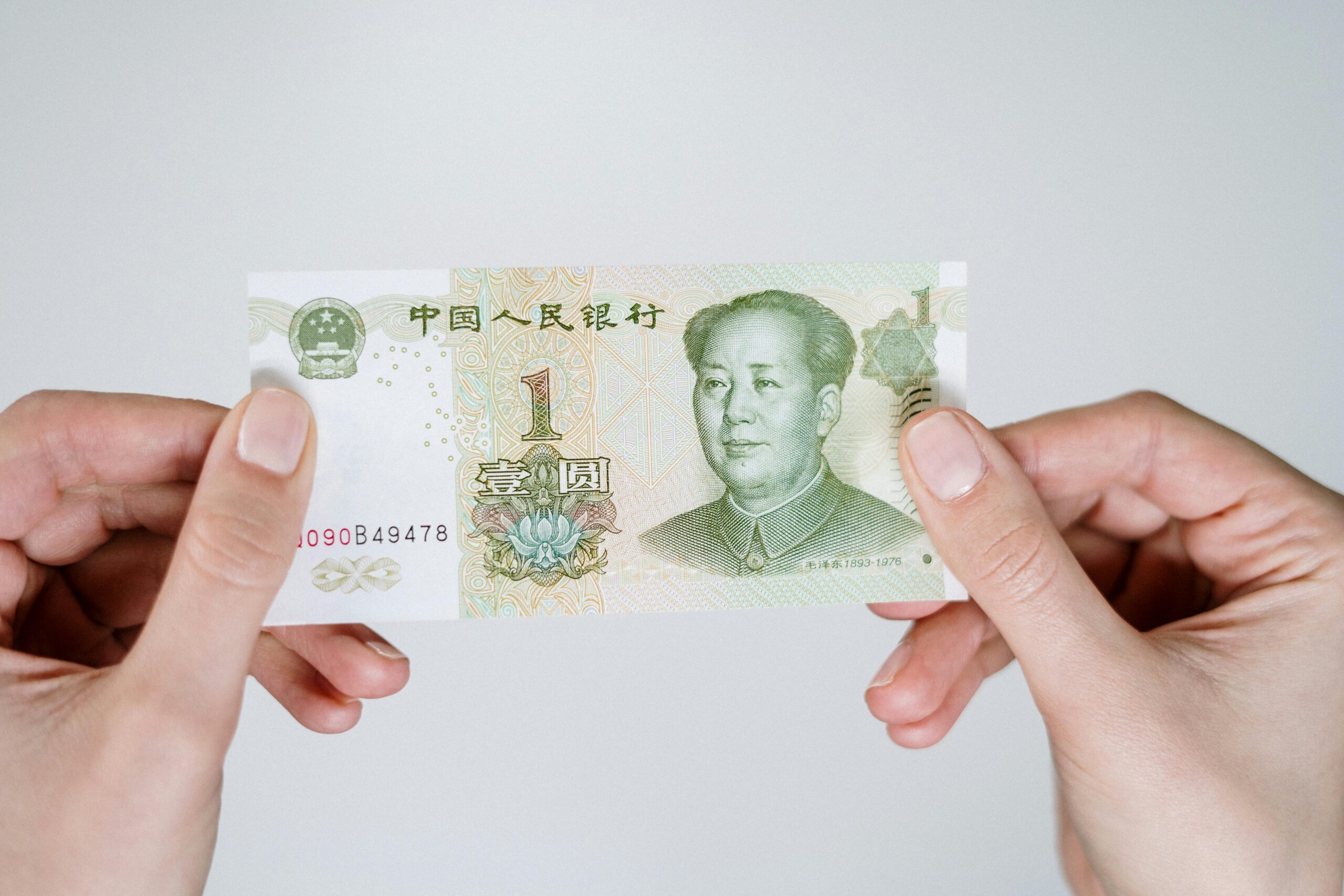
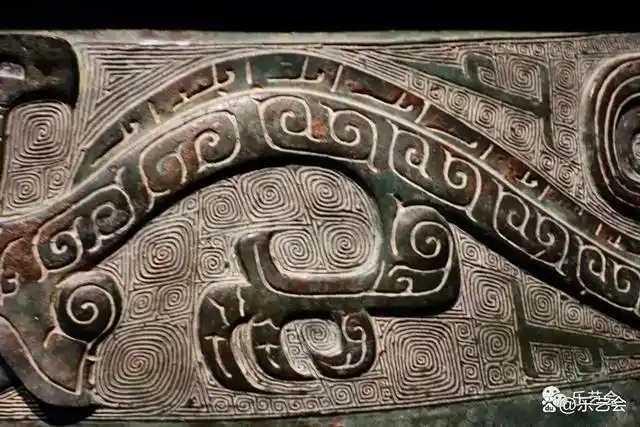
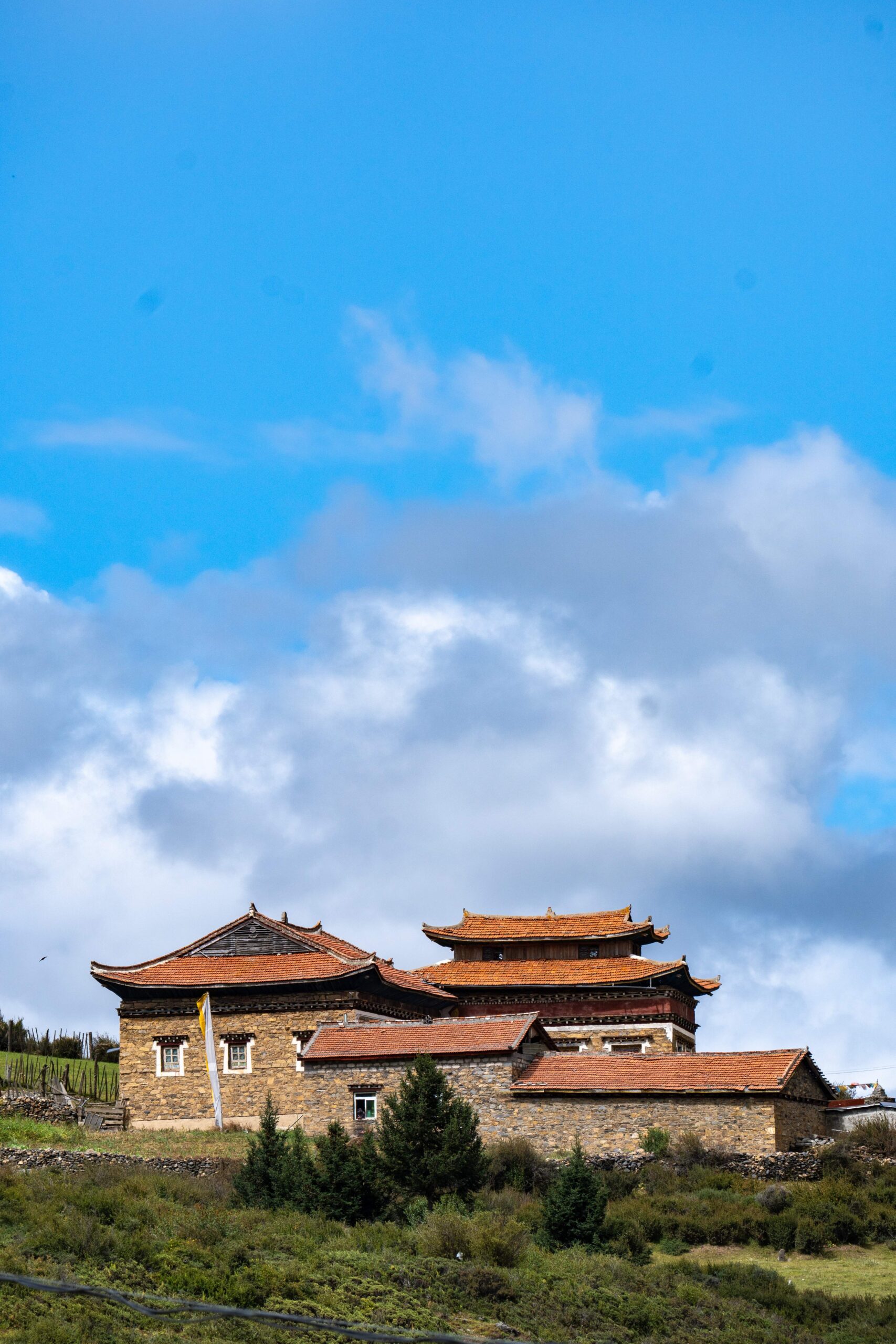
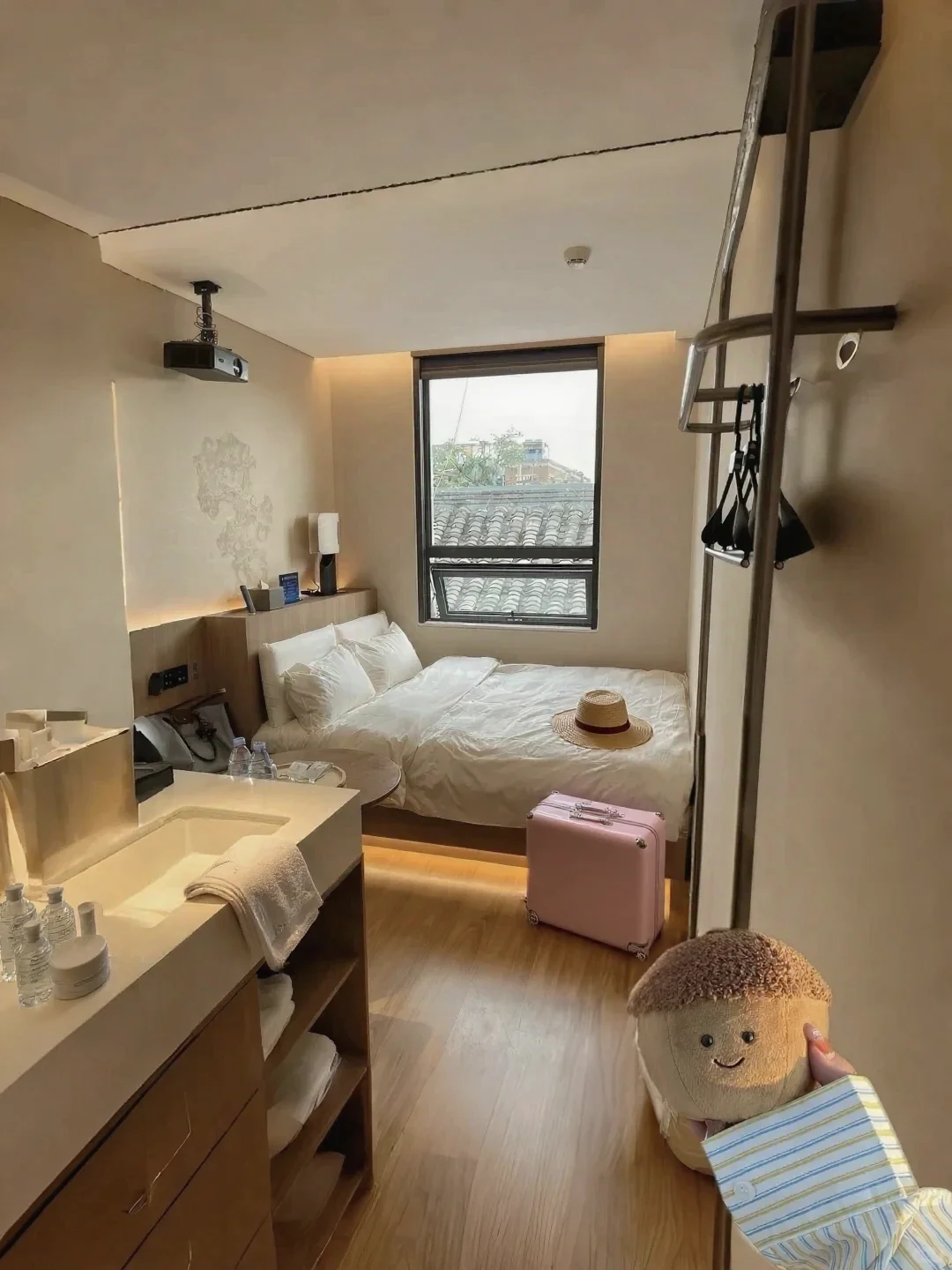
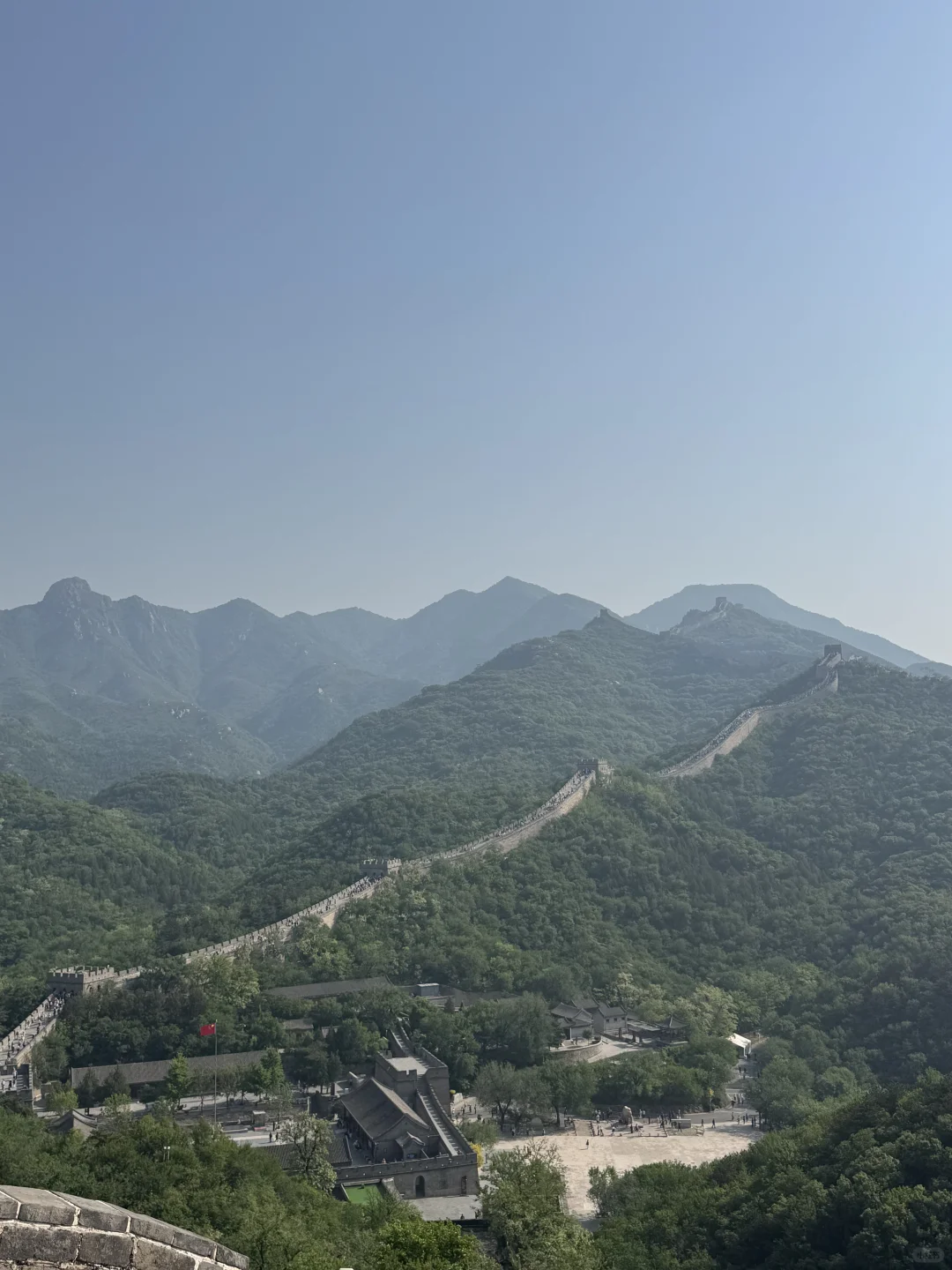
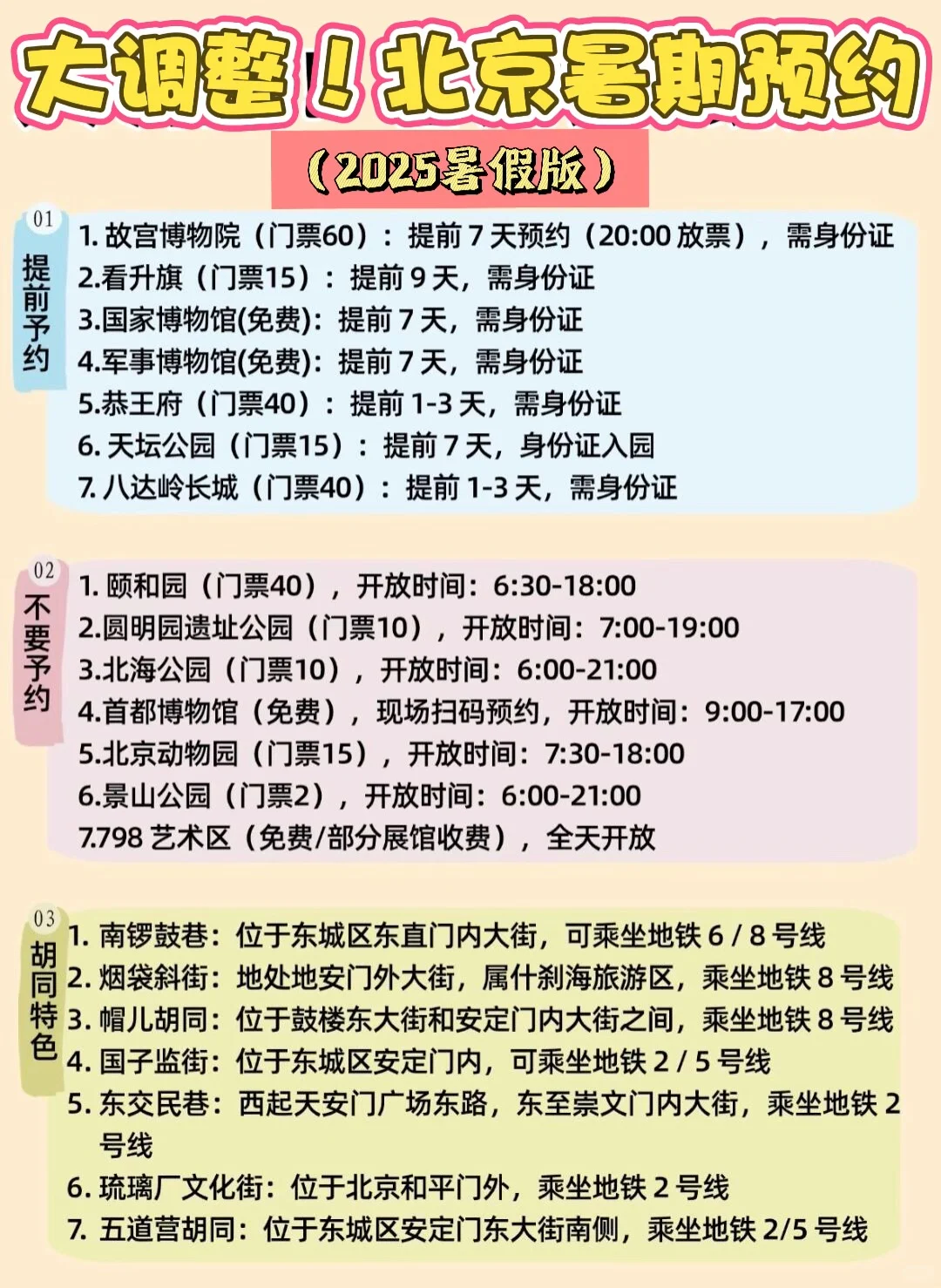
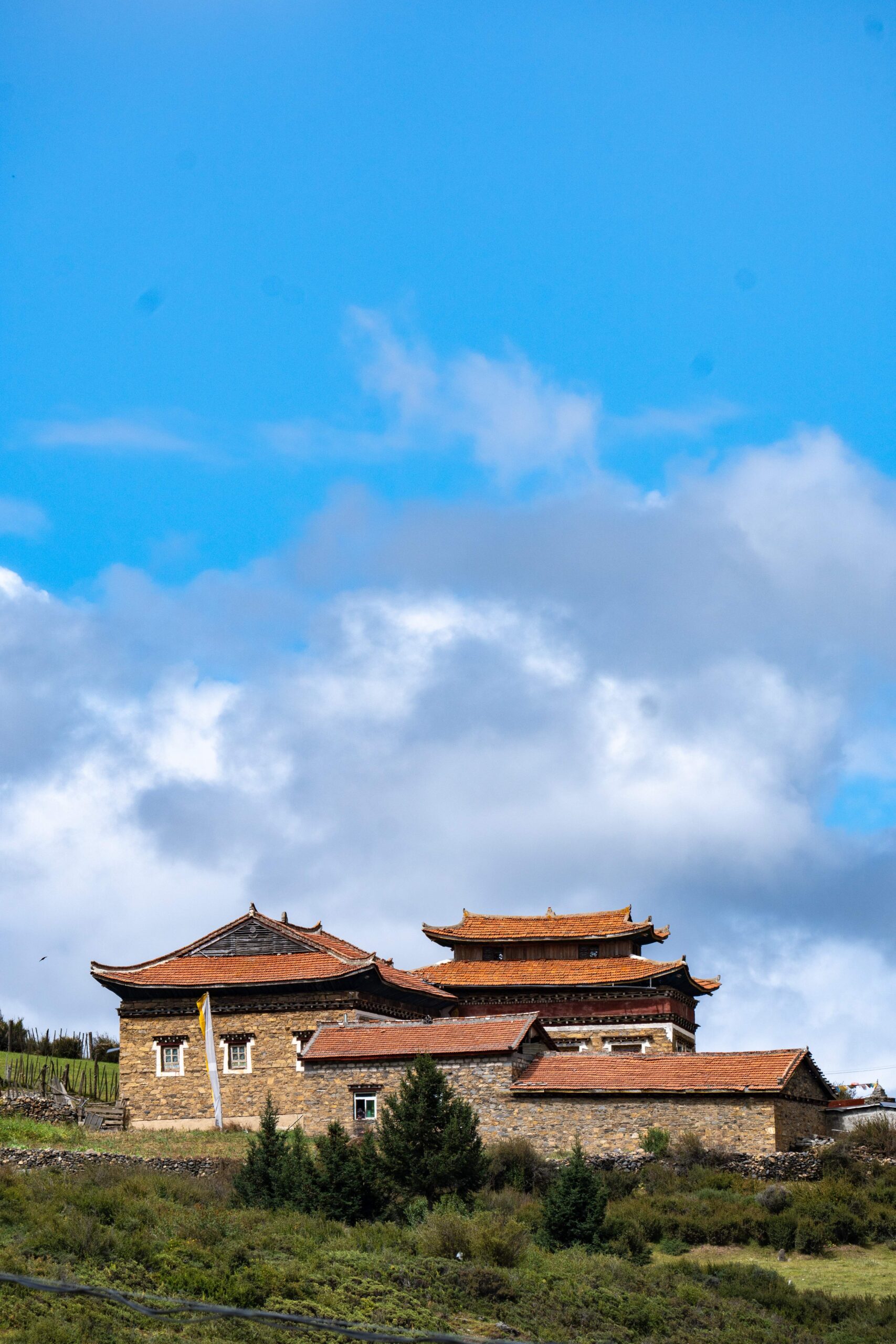
Explore the Real China.
Top Destination
Information